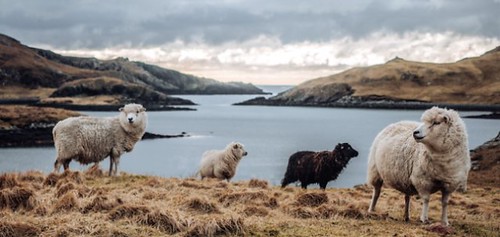 Happy Shetlands in a magical landscape:
Happy Shetlands in a magical landscape:no wornder they make wonderful wool !
Now, for the update of tonight is an amazing new blend of a super soft batch of Shetland wool blended with ultra shiny Mulberry Silk and a dash of Australian Cashmere.
Sheep have lived on the Shetland Islands for well over 1,000 years, adapting to the harsh environment and thriving in the cold, wet climate.
The sheep of Shetland were an important part of subsistence agriculture of the islands, and the rugged habitat and geographical isolation produced a breed that is distinct and significant. The Shetland breed likely descends from ancient Scandinavian sheep, and it is a member of the northern short tailed sheep breed family. Historically, only a few Shetland sheep were exported, and it was not until recently that large populations were established on the British mainland and in other countries. Though fleece continues to be the breed’s primary product today,
Shetland sheep are fine boned and small in size. Rams weigh 90–125 pounds, and ewes weigh 75–100 pounds. Most rams have spiraled horns, while most ewes are polled. Shetland sheep are calm and charming in disposition, docile, and intelligent. The Shetland breed is especially prized for its wool, which is fine, soft, and strong. Fleeces average two to four pounds and vary in crimp from wavy to straight. Other characteristics of the fleece vary according to recent selection history.
Populations of Shetlands in Britain, for example, have been selected for more standardized characteristics. These sheep tend to be single coated with fiber diameter averages of 23 microns and staple lengths of two to five inches.
Landrace populations, such as those on the island of Foula, include a greater range of fleece types. These sheep may be double coated, with coarser outer wool of 30-40 microns and finer inner coat wool of 12-20 microns.
Eleven colors and thirty color patterns are recognized in the Shetland breed. This diversity is a great asset both to the breed and to the fiber artisans who enjoy using its fleeces. A few importations of Shetland sheep are documented in North America during the past two centuries. For example, Thomas Jefferson, owned a small flock of Shetland sheep at Monticello. None of the historic flocks, however, survived as purebred populations. Most Shetland sheep in North America descend from a 1980 importation of 32 sheep by the late G.D. Dailley of Ontario, Canada.
Unfortunately there are no Shetland Sheep in Australia. I have been very fortunate to secure this supersoft batch of 18,4 micron Shetland which is truly extraordinary to spin, felt, knit and wear.

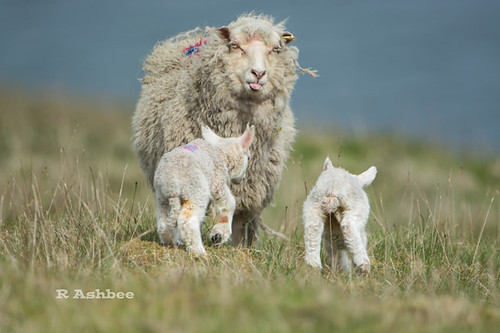
IxCHeL Shetland Dream Tops
Shetland sheep, Mulberry silk , Cashmere (70/25/5)
100+gram top AU$25
 |

 |

(also known as storm kelpies),
 |

 |

 |

 |

 |

(Seonaidh was a Celtic water-spirit which the residents of Lewis used to worship with offer of a glass of ale. According to Dr. Martin, one night the people of Lewis appeased Seonaidh. They assembled at the church of St. Mulway, each person carried food and necessities needed for the worship. Then, from the bag of malt collected from each family, ale was brewed. Then a chosen member of the congregation waded into the sea to waist deep level holding the ale filled cup, and offered ale to Seonaidh with the prayer: "I give thee this cup of ale, hoping that thou wilt be so good as to send us plenty of seaware for enriching our ground during the coming year". This event occurred in the night. After performing the offering the person who made the offering returned to the beach, and all the assembled people moved to the church where at the altar a lighted candle was shining. After some time, when the time was appropriate, the candle was put out. The inhabitants then assembled in a field behind the church and celebrated by drinking ale. They then went back home with the hope that they would be blessed with a surfeit of crops in the coming season.)
 |

(Selkies are said to live as seals in the sea but shed their skin to become human on land,
 |
 |

(Up Helly Aa is a type of fire festival held annually from January to March in various communities in Shetland, Scotland to mark the end of the yule season. Each festival involves a torchlit procession by squads of costumed participants (known as guizers) that culminates in the burning of an imitation Viking galley. The largest festival held in Lerwick, Shetland's capital, involves a procession of up to a thousand guizers who march through the streets of Lerwick on the last Tuesday in January.)
 |

 |

The Sithchean (or fairies) are a morally ambiguous supernatural race of
small humanoid creatures that inhabit knolls and places of
special significance across the Hebrides.
Evidence of the Sithche are found throughout the Hebrides interwoven
within its landscape, stories, music and
traditional healing beliefs of the native Hebridean people.
IxCHeL Tweed Yarn
Hand dyed
Spun singles, fingering or sock weight yarn
+/- 200meters/218yards
50grams 1.76oz
AU$18
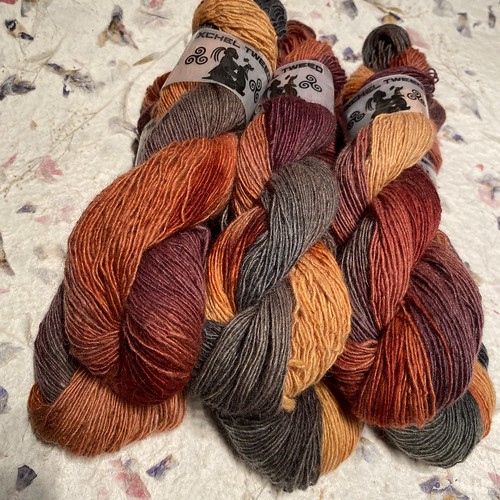
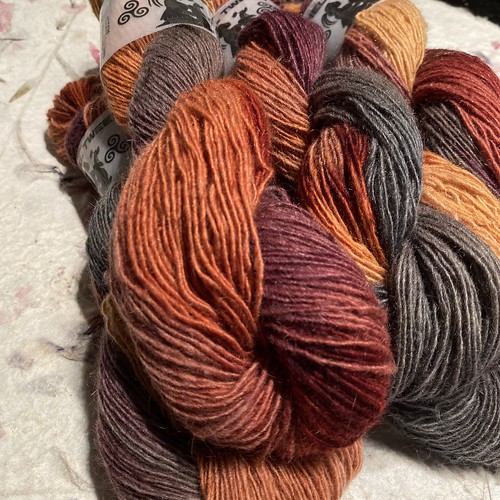
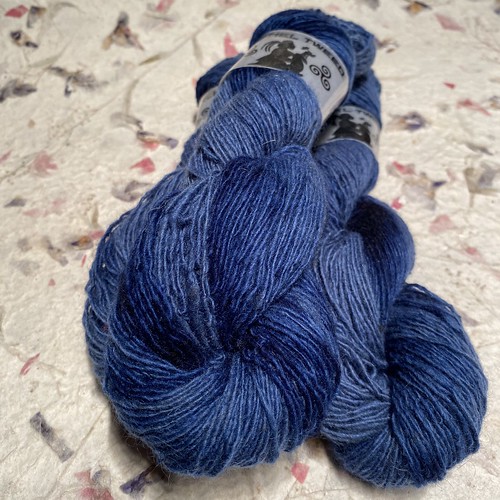





NEW NEW NEW NEW colours !!!
IxCHeL Tweed Yarn
Spun singles, fingering or sock weight yarn
+/- 200meters/218yards
50grams 1.76oz
AU$16



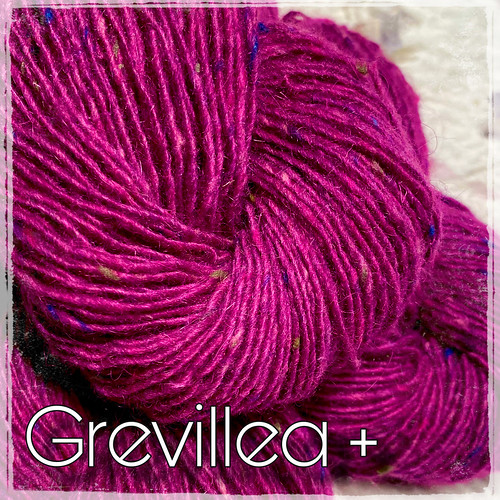
IxCHeL Tweed fingering weight yarn
Spun singles, fingering or sock weight yarn
+/- 200meters/218yards
50grams 1.76oz
AU$16

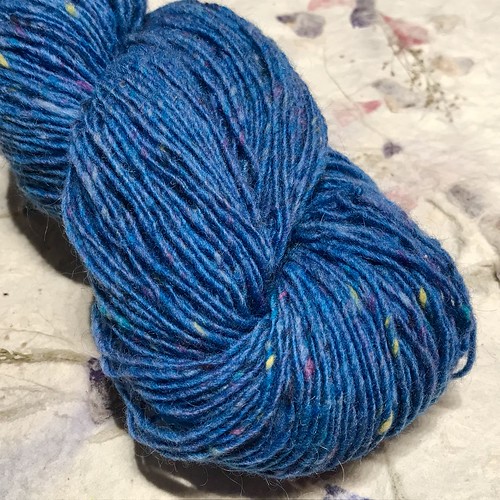




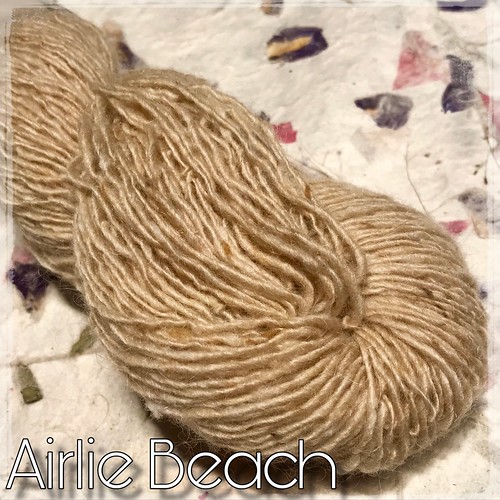






(A beautiful sunshine yellow that goes so well with the kookaburra the silver grey)

 Kata Tjuta BACK IN STOCK !!!
Kata Tjuta BACK IN STOCK !!!(an intense pure red that goes well with the Kookaburra and the Wattle and the Amethyst colourway and soooooo many others)

 Kookaburra
Kookaburra(a beautiful silver grey with ochre accents that complement the dingo colourway)

 Dingo
Dingo( A beautiful warm honey ochre with pops of royal bluebell, kingfisher and kangaroo paw)

 Dusky Grevillea
Dusky Grevillea(a gorgeous raspberry base with pops of royal bluebell, flowering gum, grey and daintree)

( a gorgeous medieval warm red with bright red, kookaburra and fern forest accents)

 Fern Forest
Fern Forest ( a deep forest green with accents of bright red, dusky purple and daintree) )

 Jacarandah
Jacarandah ( a fabulous deep purple with accents of royal bluebell, daintree, grevillea and kingfisher )

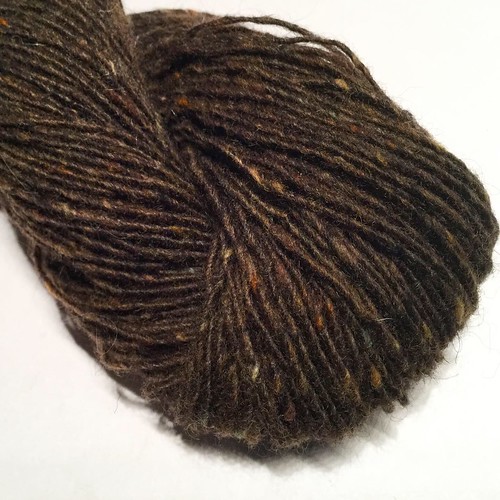 Wombat
Wombat( a fabulous deep walnut brown with accents of dingo and kookaburra)

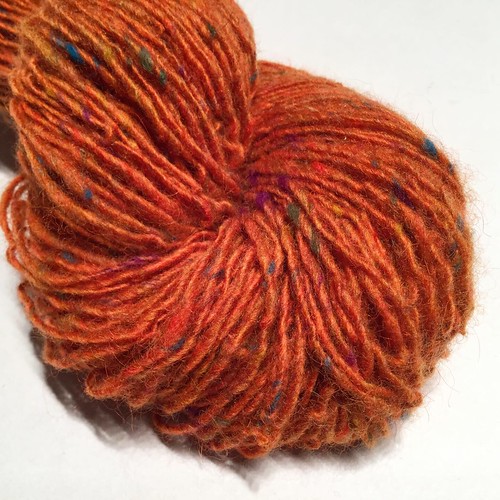 Kangaroo Paw
Kangaroo Paw ( a fabulous warm orange with accents of fern forest, royal bluebell and grevillea and dingo )


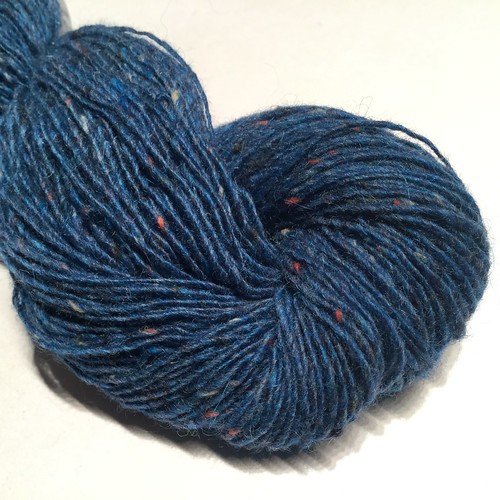 Royal Bluebell
Royal Bluebell ( a deep blue with accents of flowering gum, kookaburra and fern forest )

 Wallaby
Wallaby( a warm light brown with accents of soft blue and kookaburra)

 Daintree ( a soft green with accents of fern forest and dingo)
Daintree ( a soft green with accents of fern forest and dingo)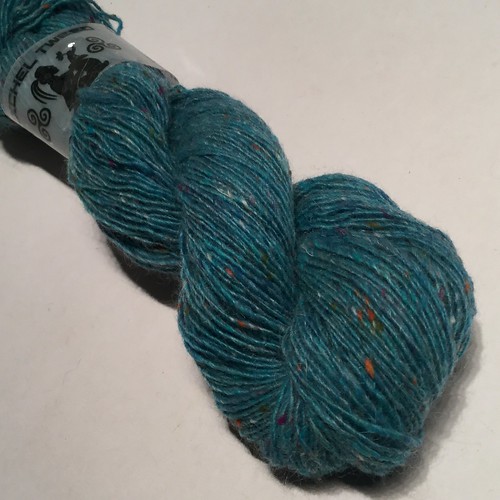
 Kingfisher
Kingfisher ( a fabulous Turquoise blue with accents of fern forest, kangaroo paw, Jacaranda and Grevillea)
Landscape dyes

250 g tubs AU$27
Have a fun weekend !!!
2. Message me on facebook or
3. Message me on www.ravelry.com where I am ixchelbunny.
4. message me on Instagram where I am @ixchelbunny
I will email you right back with all your order details and payment methods.
Any questions? Any custom orders for yarn or dyeing fibre? : Please don’t hesitate to ask! Always happy to enable.

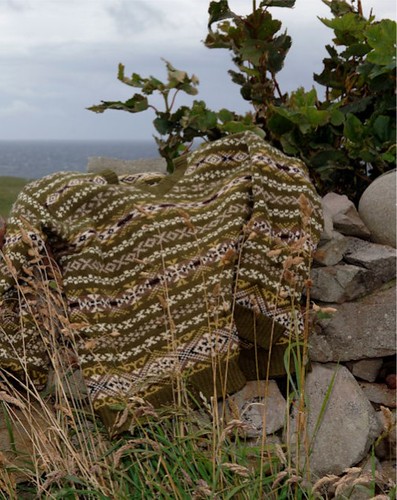
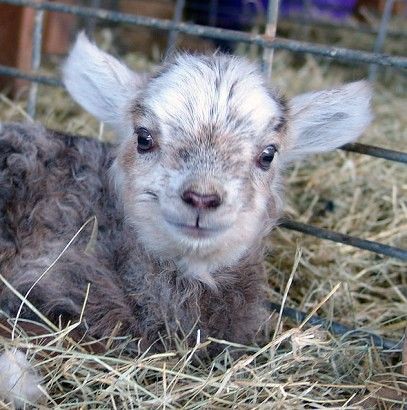




No comments:
Post a Comment